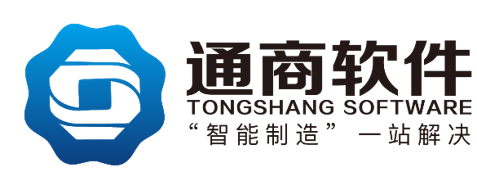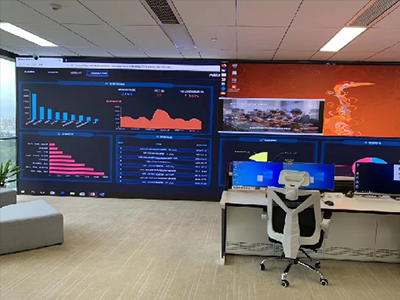ERP系统 & MES 生产管理系统
10万用户实施案例,ERP 系统实现微信、销售、库存、生产、财务、人资、办公等一体化管理
**Maximizing Collaboration Across Departments in ERP System BOM Creation**
In the intricate process of creating Bill of Materials (BOM) within an Enterprise Resource Planning (ERP) system, seamless collaboration across various departments is paramount. From engineering to procurement, production, and quality assurance, each department plays a crucial role in ensuring the accuracy and efficiency of the BOM. Effective collaboration not only streamlines the BOM creation process but also enhances overall productivity and product quality. Let’s delve into the strategies and best practices for fostering collaboration across departments in the ERP system BOM creation process.
**1. Establish Clear Communication Channels**
Clear communication lays the foundation for successful collaboration. Implementing a centralized communication platform such as project management software or enterprise social networks facilitates real-time communication among departments. Regular meetings, both virtual and in-person, provide opportunities to discuss BOM-related matters, address concerns, and align on project milestones. Additionally, establishing protocols for sharing updates and feedback ensures transparency and accountability throughout the process.
**2. Define Roles and Responsibilities**
Clarity regarding roles and responsibilities is essential to avoid confusion and overlaps. Each department should have a defined role in the BOM creation process, outlining their specific tasks and contributions. For instance, the engineering department may be responsible for defining product specifications and structures, while procurement ensures the availability of required materials at optimal costs. Clearly delineating responsibilities fosters accountability and empowers employees to take ownership of their tasks, leading to smoother collaboration.
**3. Implement Cross-Functional Teams**
Forming cross-functional teams comprising members from different departments promotes collaboration and synergy. These teams work collaboratively to address complex BOM challenges, leveraging diverse perspectives and expertise. Cross-functional teams facilitate knowledge sharing, problem-solving, and decision-making, enabling faster resolution of issues and driving continuous improvement. By breaking down silos and fostering interdisciplinary collaboration, organizations can optimize the BOM creation process and enhance overall efficiency.
**4. Utilize ERP System Integration**
Leveraging the capabilities of the ERP system is instrumental in streamlining collaboration across departments. Integration with CAD software enables seamless transfer of product designs and specifications, ensuring alignment between engineering and manufacturing departments. Real-time data synchronization between procurement and inventory modules facilitates accurate material planning and procurement. By harnessing the full potential of the ERP system, organizations can eliminate manual errors, reduce lead times, and enhance collaboration efficiency.
**5. Foster a Culture of Collaboration**
Culture plays a significant role in promoting collaboration within an organization. Encouraging a collaborative mindset among employees fosters openness, trust, and mutual respect. Recognizing and rewarding collaborative efforts reinforces desired behaviors and cultivates a supportive work environment. Leaders should lead by example, actively participating in cross-departmental initiatives and promoting a culture of knowledge sharing and collaboration. By nurturing a collaborative culture, organizations can harness the collective intelligence of their workforce and drive innovation in BOM creation.
**6. Continuous Evaluation and Improvement**
Continuous evaluation of collaboration processes and outcomes is essential for identifying areas of improvement. Collecting feedback from stakeholders and conducting regular performance reviews help pinpoint bottlenecks and inefficiencies in the BOM creation process. Utilizing data analytics tools to track key performance indicators (KPIs) such as cycle time, accuracy, and cost variance enables organizations to measure collaboration effectiveness and identify opportunities for optimization. By embracing a culture of continuous improvement, organizations can adapt to evolving business needs and enhance collaboration effectiveness over time.
**In Conclusion**












